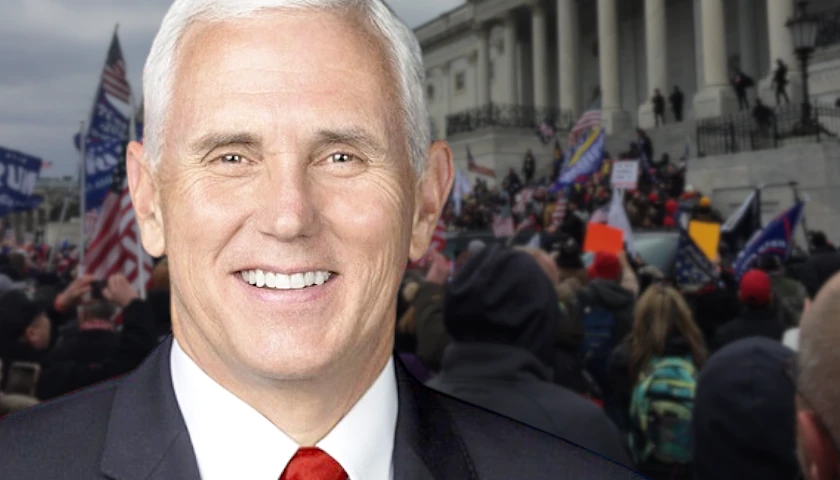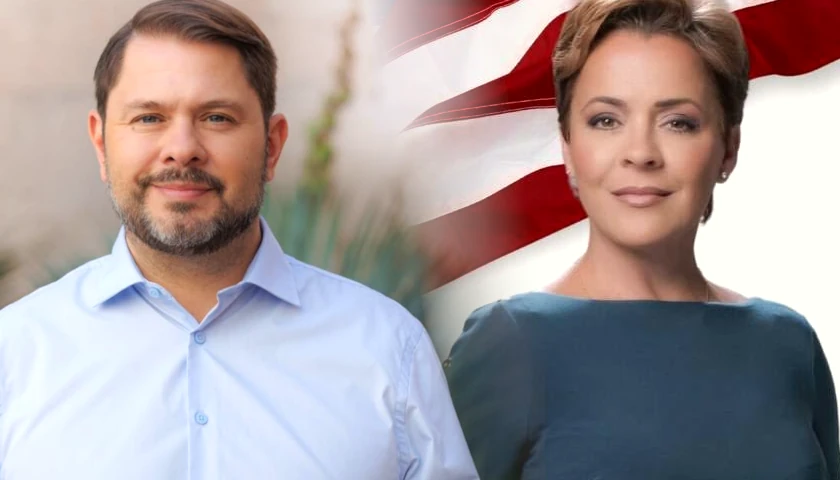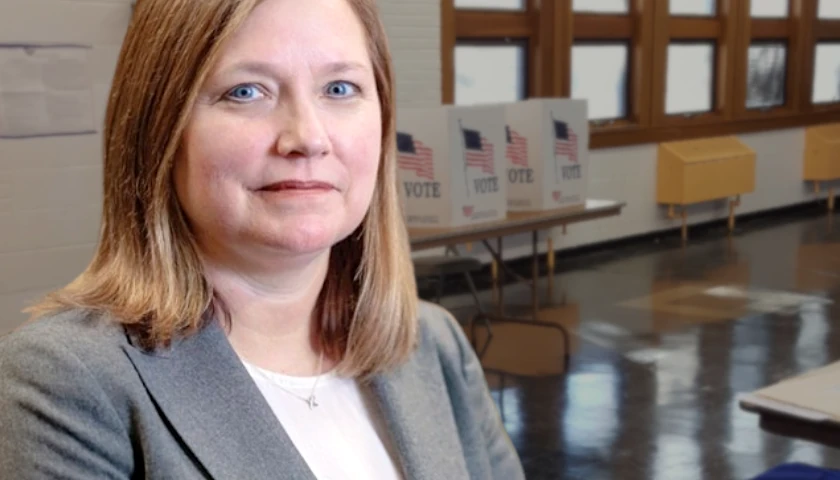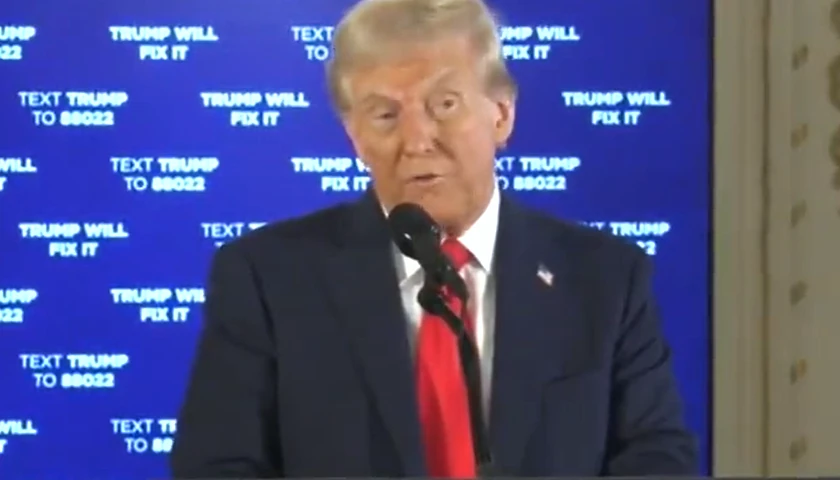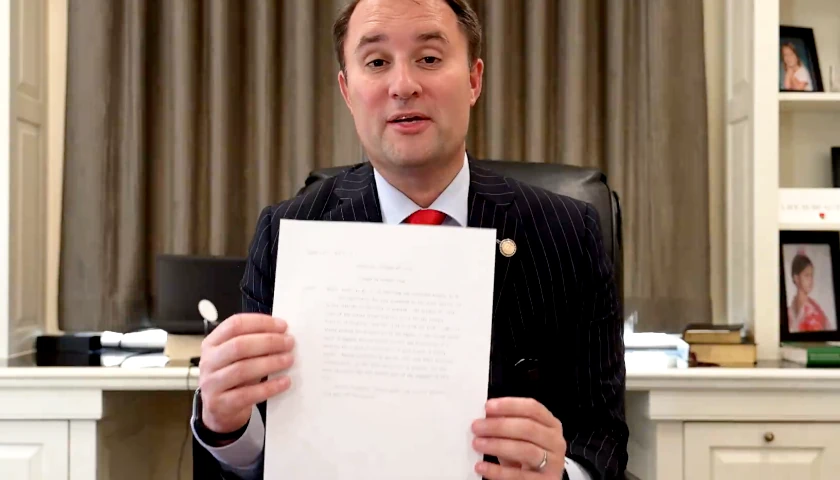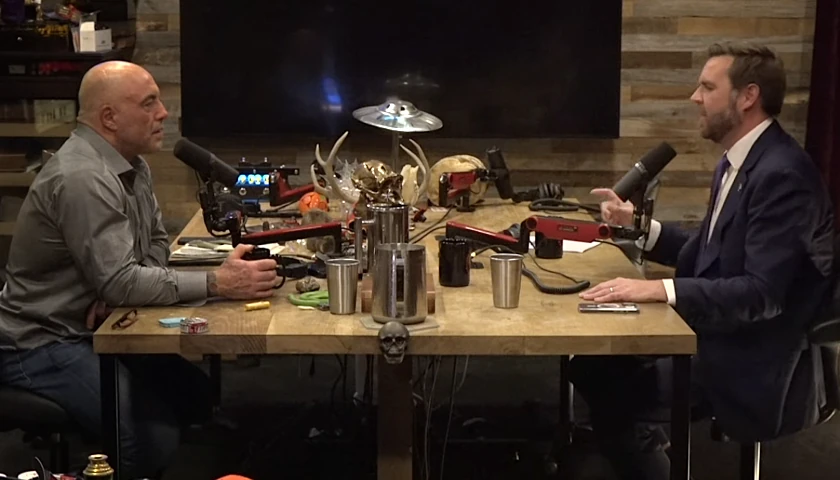by John Solomon
The Secret Service failures at last month’s Trump rally were foreshadowed in once-redacted passages from a Jan. 6 after-action report that was shared with agency brass weeks before the Butler, Pa., assassination attempt and exposed harrowing blunders that may have put the lives of Mike Pence and Kamala Harris in jeopardy.
The redacted sections from a recently released Homeland Security inspector general report, obtained by Just the News, chronicle how Pence’s escape vehicle left its post without explicit permission and left him stranded at an increasingly violent scene at the Capitol.
They also detail how Secret Service agents lost contact with each other on radios and cell phones that dropped signals and how a required explosives detection team wasn’t deployed when Vice President-Elect Kamala Harris was mistakenly whisked past a live pipe bomb just before the Capitol riot started.
The April 2024 report also revealed that the Secret Service received intelligence from the FBI and U.S. Postal Service Inspection Service ahead of Jan. 6, 2021, warning that there was a “high potential for civil unrest” from individuals who were expected to be “heavily armed.”
The Secret Service did not adapt its security plan from its normal five-person detail inside the Capitol used for ordinary congressional visits, leaving agents and officers undermanned as violence surrounded them.
One passage shared with Just the News stated that a site agent explicitly told the IG that the limit on how many Secret Service staff were permitted to enter the Capitol created manpower challenges that day.
Not revealed in the publicly available version was the fact that for almost 12 minutes between the breach and relocation of Pence, only three people were guarding the stairway used for the relocation reroute: the site agent, detail supervisor, and one USCP officer.
Reportedly, the site agent also said that additional personnel would have been helpful while moving the Vice President, as those 3 individuals were the only assets preventing protestors from overtaking the route.
The report also estimated the vice president was without an escape vehicle for nearly a half hour.
The full report – complete with passages showing the most sensitive information about Jan. 6 security blunders was shared with Secret Service management and its Homeland Security overseers in April.
That gave them more than two months to address major issues flagged by the chief watchdog for the Homeland Security Department. Secret Service executives responded to the report in late June, in some cases rejecting some of the recommendations for improved security.
The redacted passages were belatedly shared with House and Senate oversight committees in reent days. The Secret Service did not immediately respond to a request for comment.
The emergence of the text behind the redactions provide two stark reminders in Washington:
- Despite a full-scale two-year House Democrat probe into Jan. 6 many revelations about security and intelligence failures remain unresolved.
- The Secret Service had clear warning signs it was slipping on its zero-failure mission well before the July 13 Trump assassination attempt rocked the agency and led to the resignation of its director appointed by President Joe Biden.
The passages exposed problems with even the most basic tools the Secret Service uses to ensure the safety of its VIP protectees, including failures in radio communications.
Delays in radio communications were cited as a reason the Secret Service driver of Pence’s vehicle left the Capitol for nearby loading docks without the detail guarding Pence immediately knowing the vehicle had departed or where he went, redacted portions of the reported stated.
Another passage revealed that the transportation agent moved the motorcade without explicit permission from the detail leader because of delays in communication and a rapidly developing situation in front of the Capitol.
As the motorcade began relocating, protesters stormed through the plaza, breaching the barricades at 1:59 p.m. The transportation agent said some protesters moved toward the motorcade and attempted to block some of the vehicles, the unredacted report said. Those vehicles were ultimately able to get around the protester and rejoin the rest of the motorcade.
The motorcade was uncertain where to vacate because no pre-planned escape location had been chosen by the Secret Service, another planning failure flagged in the report.
The redacted version of the report also said that the full motorcade arrived safely at the loading dock at 2:04 p.m. The transportation agent reportedly said making that quick decision to move the motorcade was the “hardest call I’ve had to make.”
The report described a laissez faire approach to the Secret Service planning for the Jan. 6 event at the Capitol, where Pence was heading to certify the 2020 election results when violence broke out.
Even though the Secret Service had received some intelligence warnings of a high likelihood of violence, agents relied upon their routine security preparations for congressional visits. That protocol includes limiting the protective detail to just five agents inside the Capitol building like Capitol Police preferred, and not doing a thorough pre-evaluation on scene of potential security risks or potential exit routes.
The lack of preparation played a role in the confusion that ensued when the motorcade vacated the Capitol without a clearly designated rendezvous point. The original report said that preliminary paperwork, if prepared during a preliminary site assessment, would have identified the relocation point.
Agents inside could not immediately ascertain the escape location because of problems with radio and cell phone reception, the report said, highlighting a glaring security failure that played out in real time during a crisis.
According to redacted portions of the report, there was mostly no reception in the loading dock on Secret Service radios. There was also limited cell service though a few agents eventually could communicate via calls and texts.
Similar failures in planning and preparedness put Harris, the vice president-elect, in danger that same day, the redacted passages revealed.
Just the News reported previously – including releasing video footage – that V.P.-elect Harris was taken within 20 feet of a live pipe bomb during a visit to the Democratic National Committee headquarters shortly before the Capitol was breached.
The pipe bomb was not detected by Secret Service agents because the normal procedures for sweeping the location weren’t followed, and Secret Service personnel suffered confusion about areas of responsibility, the redacted passages disclosed.
Canine search procedures and guidance did not include sufficient detail to conclude whether an exterior sweep should have included the area where the pipe bomb was placed, one passage reported. Added another statement in the report was the assertion that the Secret Service guidance does not provide specific instruction about what exterior areas should be swept or not swept at a site like the DNC.
The Secret Service also violated its two-technology rule for security sweeps like the one that occurred at the DNC before Harris arrived because only a canine unit conducted the search.
Secret Service personnel also told the IG that they did not use the same safety rigor for the visit because Harris was simply the VP-elect and not the actual vice president. That policy, a report passage said, has now been changed.
The new policy states that for “all POTUS, VPOTUS, President-elect, or VP-elect, site agents will consult with a TSD Advance Team Member to accurately determine required explosives stand off distances. TSD will coordinate all explosive device searches, bomb disposal response protocols, fire and emergency service response, and plans with local police and fire departments.
The Secret Service shortcomings were all the more alarming, the report noted, because the agency did, in fact, receive warnings weeks ahead of the event that there was a high-likelihood of violence on Jan. 6. One such warning came from the U.S. Postal Service Inspection Service but the warning was not included in the security detail’s final plan, according to other redacted passages in the report.
The Postal Inspection Service generated its report in anticipation of the “Million MAGA March” taking place on Jan. 6. The report included information regarding individuals being “heavily armed” and alluding to acts of violence such as arsons and hangings. The Postal Inspection Service stated that previous two MAGA Marches resulted in violence and the “high potential for civil unrest.”
A separate alert came into the Secret Service from the FBI that specifically warned from an anonymous tipster that a group known as the Proud Boys was planning to march to Washington, D.C., “with guns” and attempt to “outnumber the police,” according to one of the redacted portions of the report.
A third set of warnings came into the Secret Service from a law enforcement “situational awareness” alert system that scanned public source intelligence.
Those alerts flagged various threats such as individuals “being armed,” talking of “killing government officials and employees,” calls to “take over” Congress or “storm” the Capitol building. Despite such intelligence flowing to it, the Secret Service did not prepare for greater violence, the report noted.
The publicly released version of the report stated that “although it did not anticipate or plan for the level of violence that ultimately occurred that day, the Secret Service took actions to respond to and mitigate the threats it encountered and avoid any harm to its protectees and to assist USCP.”
The events of Jan. 6 were “unprecedented, and the issues we identified during our review present an opportunity for the Secret Service to be better prepared in the future,” it added.
– – –
John Solomon is an award-winning investigative journalist, author and digital media entrepreneur who serves as Chief Executive Officer and Editor in Chief of Just the News.
Background Photo “January 6 Protest” by TapTheForwardAssist. CC BY-SA 4.0.

